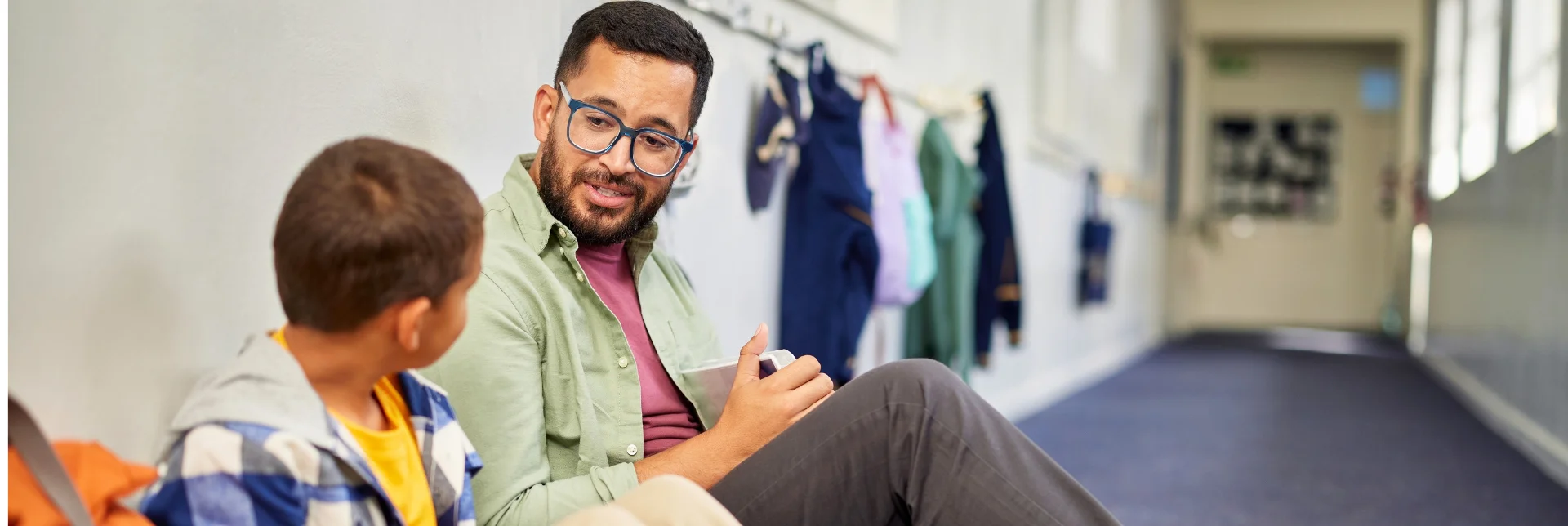
Mass disasters can be classified as:
- Natural disasters: earthquakes, fires, floods, droughts, tsunamis, volcanic eruptions.
- Man-made disasters: technological accidents, infrastructure damage, terrorist attacks, health crises (e.g., pandemics).
- Long-term man-made disasters: wars and conflicts that destroy the environment and create refugee flows.
- Hybrid disasters: events combining natural and human factors (e.g., the Fukushima nuclear accident).
How are children and adolescents affected?
After a major disaster, children may experience intense fear, insecurity, and loss of stability, which can affect their psychological resilience and school adjustment.
They are at increased risk of developing:
- Specific phobias (e.g., related to weather conditions or phenomena)
- Acute stress disorder
- Post-traumatic stress disorder (PTSD)
- Depression or anxiety
- Sleep disorders
- Behavioral problems and learning difficulties
- Increased risk of victimization
- High-risk behaviors (running away, substance use, delinquency)
When should I be concerned about a student?
Signs that a child is struggling after a mass disaster include:
- Persistent intense sadness, fear, or anger
- Difficulty concentrating and decline in school performance
- Withdrawal from friends or activities
- Repeated play or discussions that reenact the event
- Nightmares or other sleep disturbances
- Intense physical symptoms (headaches, stomachaches)
If these difficulties persist and affect the child’s daily functioning, referral to a mental health specialist is necessary.
What can I do as an educator?
- Maintain routine and stability: students need to feel safe.
- Listen carefully: provide space to talk about fears without pressure.
- Encourage positive relationships: a strong teacher-student connection is protective.
- Use expressive activities: painting, games, and classroom discussions can help process emotions.
- Adjust school requirements: reduce workload while maintaining achievable expectations.
- Promote play and physical activity: these reduce anxiety and encourage social connection.
- Reinforce healthy habits: proper nutrition, rest, and limiting exposure to distressing news.
- Recognize when referral is needed: prolonged difficulty concentrating, isolation, or intense distress.
- Work with parents: inform them of changes in behavior and encourage open communication.
- Consult the school’s mental health professional when difficulties are severe or prolonged.
Self-care for educators
Supporting students starts with taking care of yourself:
- Share experiences and feelings with colleagues.
- Create support groups at school.
- Seek psychological support if you are also affected by the disaster.
Your pediatrician or family doctor can provide initial guidance and refer the student to specialized professionals. Counseling from a mental health professional is also recommended when possible. Public services are available through the Child and Adolescent Mental Health Services and the Interdisciplinary Assessment, Counseling, and Support Centers (KEDASY).
Where can I find more information?
To learn more about the nearest available educational and public health services for children and adolescents across the country, visit our Service Map website [here].



